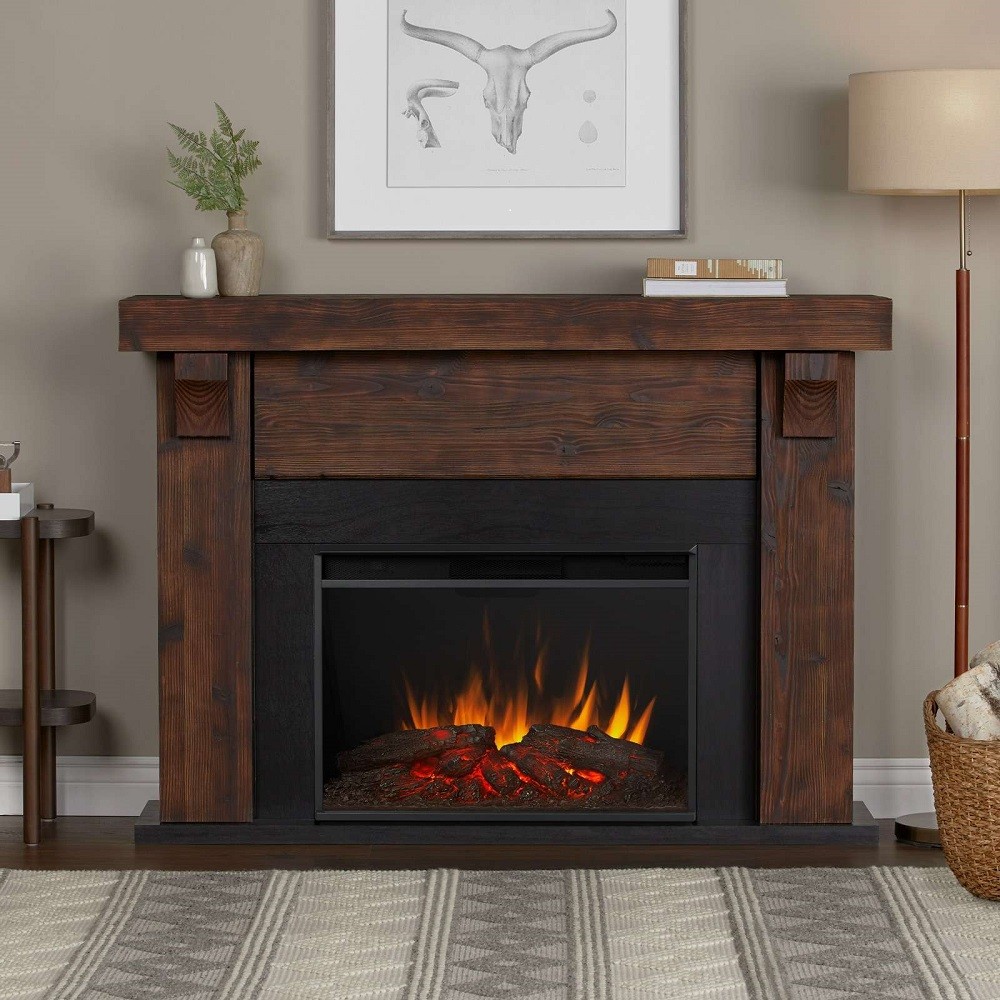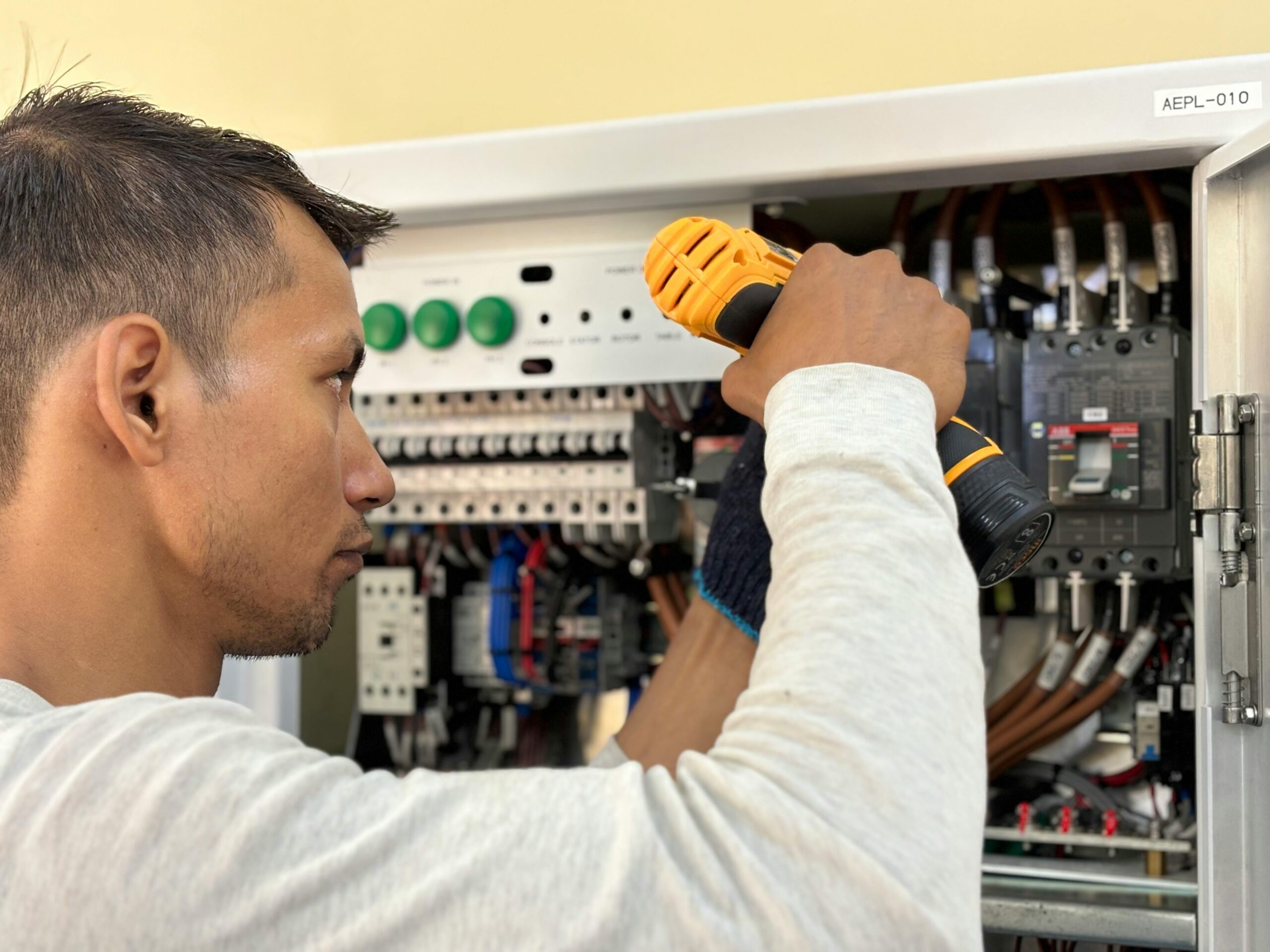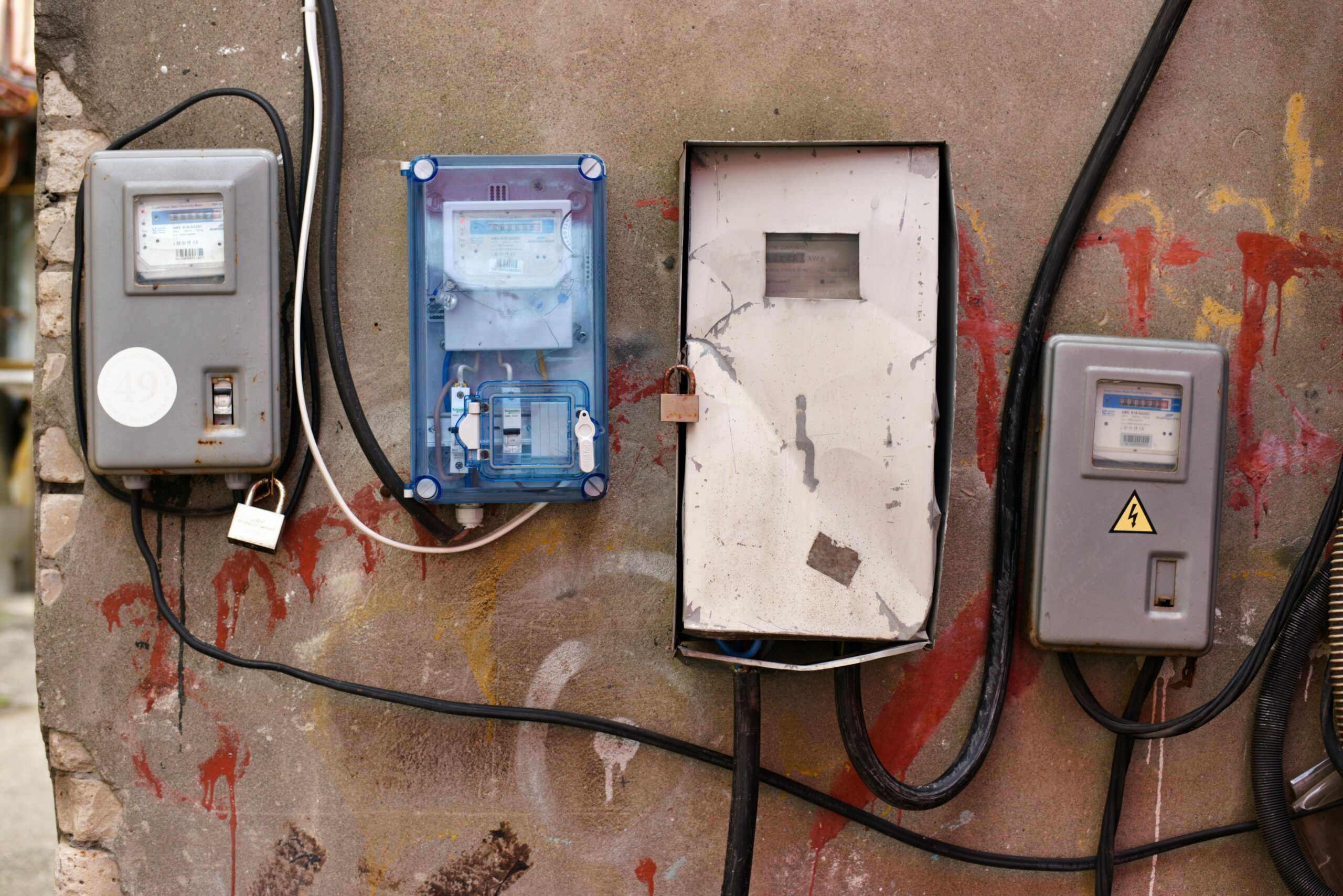Are you looking to upgrade your home with a new and modern fireplace but want something more energy efficient than the traditional wood-burning options? Electric fireplaces offer an attractive solution, as they are incredibly energy efficient and easy to install and maintain.
In this blog post, we’ll discuss the different benefits of electric fireplaces, answer some common questions related to their efficiency and look at how they compare to gas alternatives. So let’s get started – dig in for all the information about electric fireplaces!
Understanding Energy Efficiency
Energy-efficient electric fireplaces use less energy to provide the same or a higher output level. It is a concept that has become increasingly important in today’s world as we search for ways to reduce the impact of energy usage on the environment. The benefits of energy efficiency are far-reaching.
Not only does it help to reduce energy costs, but it also helps to conserve natural resources and reduce greenhouse gas emissions. Many factors affect energy efficiency, including the age and efficiency of appliances, the type of fuel used, and the design of a building.
How Electric Fireplaces Work
Electric fireplaces are a modern alternative to traditional fireplaces that use wood or gas. They use electricity to create heated air and a visual flame effect projected onto a screen or surface. A remote often controls these flames and can be adjusted to fit any preference.
One of the significant benefits of electric fireplaces is that they require no venting or chimney, making them easy to install and use. In addition, they are generally more energy-efficient than traditional fireplaces, as they don’t require burning fossil fuels.
Energy Efficiency of Electric Fireplaces
Electric fireplaces are becoming increasingly popular due to their convenience, affordability, and energy efficiency. There are three main types of electric fireplaces:
- Wall-mounted
- Free-standing
- Built-in.
Electric fireplaces are a much better energy-consumption option than traditional wood-burning fireplaces. On average, wood-burning fireplaces emit 28 pounds of particulate pollution per hour, while electric fireplaces emit none.
Electric fireplaces also have energy efficiency ratings, indicating how much energy they use and the heat they produce. The higher the efficiency rating, the less energy the fireplace uses and the more heat it has.
Compared to traditional fireplaces, electric fireplaces are much more energy efficient. Traditional fireplaces lose up to 90% of their heat through the chimney, while electric fireplaces convert all their energy into heat.
Advantages of Electric Fireplaces
Electric fireplaces have become popular in recent years due to their numerous benefits. Here are some advantages of using an electric fireplace:
- Convenience: Electric fireplaces are incredibly convenient since they can be easily installed in any room without a chimney or ventilation system. They offer quick and easy heat without the hassle of chopping wood, lighting kindling, or cleaning up ash.
- Safety: Unlike traditional fireplaces, electric fireplaces do not emit harmful gases such as carbon monoxide or produce sparks or flames that can cause damage or injury. It makes electric fireplaces a safer option, especially for those with young children or pets.
- Environmental friendliness: Electric fireplaces are powered by electricity, a cleaner energy source than burning wood or gas. It means they produce zero emissions and have no negative environmental impact.
- Cost-effectiveness: Electric fireplaces are an affordable alternative to traditional fireplaces since they do not require installation or ongoing maintenance costs. They also allow you to save money on heating costs since they are more efficient at heating a room than a traditional fireplace.
Disadvantages of Electric Fireplaces
While electric fireplaces offer a convenient and low-maintenance option for those wanting to create a cozy ambiance in their home, there are a few notable disadvantages to consider. One significant drawback is the lack of heat output compared to traditional wood-burning or gas fireplaces. While electric fireplaces may provide a comforting glow, they generally do not produce enough heat to warm a room effectively.
Additionally, some critics may argue that the aesthetic of an electric fireplace needs to have the charm and authenticity of more traditional options.
Choosing an Energy-Efficient Electric Fireplace
Choosing one that is energy efficient is essential to save on your electricity bills. Here are some factors to consider when choosing an electric fireplace:
Energy Efficiency Rating
Look for an electric fireplace with a high energy efficiency rating. This rating is determined by the percentage of energy converted into heat. The higher the rating, the more efficient the fireplace produces heat and the more money you’ll save on your electricity bills.
Size and Heating Capacity
The size of the electric fireplace should be chosen based on the size of the room where it will be used. A larger room will require a larger fireplace with a higher heating capacity. Be sure to check the heating capacity of the fireplace before purchasing to ensure it will be able to heat your room effectively.
Style and Design
Electric fireplaces come in various styles and designs to fit any decor, from modern to traditional. Choose a style and design that matches your home’s decor and personal taste.
Cost
Electric fireplaces vary in price, so choosing one that fits your budget is essential. While some models may be more expensive initially, they may be more energy efficient and save you money in the long run.
Tips for Using Electric Fireplaces Efficiently
Here are some tips to help you use your electric fireplace efficiently:
Proper Installation and Placement
Proper installation and placement of an electric fireplace are crucial to its performance and safety. Ensure to follow the manufacturer’s instructions carefully and place the fireplace in a location free from flammable materials or obstacles. A clear area around the fireplace will ensure proper ventilation and prevent heat buildup.
Temperature Settings
Always start by setting the temperature to the lowest possible and gradually increasing it until you reach the desired temperature. Using the fireplace at high temperatures can waste energy and improve your electricity bill. Use the thermostat feature in your electric fireplace to maintain a consistent temperature and avoid overheating.
Maintaining the Fireplace
Keeping your electric fireplace clean and well-maintained will increase its efficiency and lifespan. Follow the manufacturer’s instructions for cleaning and maintenance, and clean the fireplace regularly. Dust and debris can accumulate on the heating elements, making it harder for the fireplace to work efficiently.
Turn Off When Not in Use
When you’re not using your electric fireplace, turn it off. Leaving the fireplace on unnecessarily can waste energy and increase your electricity bill. Always turn off the fireplace before leaving the house or going to bed.
Energy-Saving Features in Electric Fireplaces
Electric fireplaces have come a long way in recent years, and one of the most valuable innovations is the addition of energy-saving features. For example, with thermostat control, you can set your electric fireplace to maintain a specific temperature, meaning you won’t have to adjust it constantly.
Timer settings are another energy-saving feature that allows you to set the fireplace to automatically turn off after a certain amount of time, which is convenient and can save energy. LED lighting is also a useful energy-saving feature because it uses less energy than traditional lighting and can last longer.
Comparing Electric Fireplaces with Other Heating Options
Electric fireplaces are much safer and easier to use than traditional wood-burning fireplaces, as there is no need to chop wood or worry about ventilation. When compared to gas fireplaces, electric fireplaces are typically less expensive to install and operate, as they do not require gas lines or professional installation.
They also do not require any venting or chimney. Finally, electric fireplaces can be much more economical for smaller spaces than central heating systems, as they only heat the area immediately surrounding the unit. They are also portable, allowing for easy repositioning throughout the home.
Environmental Impact of Electric Fireplaces
Electric fireplaces are a better environmental option than traditional wood-burning or gas fireplaces. Wood-burning fireplaces emit harmful pollutants that affect air quality, while gas fireplaces release some pollutants and rely on non-renewable fossil fuels.
On the other hand, electric fireplaces don’t produce emissions and can be powered by renewable sources. Although the manufacturing and transportation of electric fireplaces contribute to their carbon footprint, it is still lower than that of traditional or gas fireplaces.
Cost Savings with Electric Fireplaces
Electric fireplaces are a cost-effective heating option compared to traditional wood-burning fireplaces, gas fireplaces, or central heating systems. They are efficient, only heating the surrounding area, and affordable to operate as they only require electricity. In contrast, traditional fireplaces require a constant wood supply and lose heat up the chimney.
Gas fireplaces can be expensive and require professional installation and maintenance. However, electric fireplaces in smaller spaces are more cost-effective than central heating systems as they offer portable zone heating.
The Future of Electric Fireplaces
As technology continues to advance, so too do electric fireplaces. Today’s electric fireplaces offer a range of features that were once only found in traditional wood or gas models. With sleek designs and innovative heating mechanisms, electric fireplaces are quickly becoming a popular and energy-efficient option for homeowners.
Thanks to advances in energy efficiency, electric fireplaces are now more cost-effective than ever, providing a warm and cozy ambiance without the associated costs of gas or wood fireplaces. In addition, with various modern designs, future electric fireplaces will offer a stylish and environmentally-friendly heating solution.
Conclusion
Electric fireplaces are a popular heating solution with many benefits and advantages. By following the tips for using electric fireplaces efficiently, you can maximize your savings and get the most out of your appliance.
If you’re considering installing an electric fireplace in your home, choosing one that is energy-efficient, fits your budget, and provides your home’s decor is essential. Smith & Jones Electric Co. can help you find the perfect electric fireplace. Our expert team can assist you with everything from installation to maintenance.
We help companies refine their messaging, hone in their sales process, and grow their pipeline – all with a new website.






